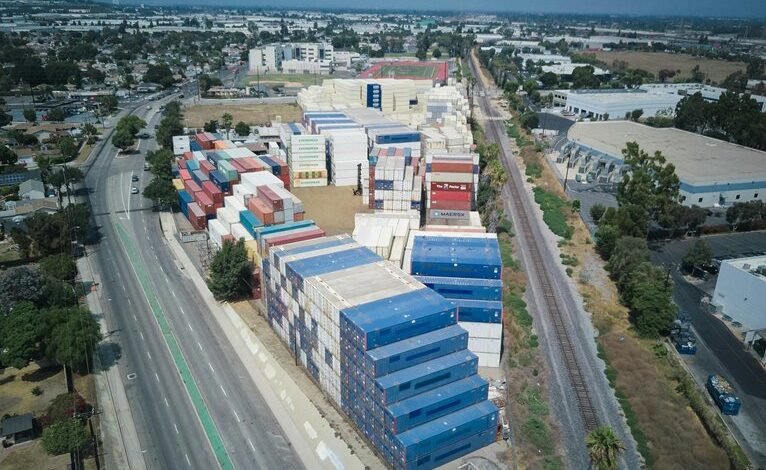7532821473 Peak Load Traffic Management

Peak load traffic management is a critical aspect of urban planning. It addresses the pressing issues of congestion during high-demand periods. Various strategies, such as congestion pricing and smart traffic systems, are employed to optimize road usage. The integration of real-time data and predictive analytics plays a pivotal role in enhancing traffic flow. However, the effectiveness of these methods hinges on understanding their broader implications for urban mobility and environmental sustainability. What challenges lie ahead in implementing these strategies?
Understanding Peak Load Traffic
Although peak load traffic is a common phenomenon in various transportation systems, its implications on infrastructure and service efficiency necessitate a thorough understanding.
Analyzing traffic patterns during high-demand periods reveals significant congestion challenges. Implementing strategies such as congestion pricing can effectively manage these surges, optimizing roadway use and enhancing overall system performance, thereby promoting freedom of movement while maintaining infrastructure integrity.
Innovative Technologies in Traffic Management
As urban areas continue to experience escalating traffic demands, innovative technologies in traffic management emerge as pivotal solutions to enhance efficiency and safety on roadways.
Smart traffic systems utilize real-time data to optimize signal timings, while congestion pricing strategies incentivize off-peak travel.
Together, these approaches can significantly alleviate congestion, promoting smoother traffic flow and fostering an environment that prioritizes individual mobility and freedom of movement.
Real-Time Data and Predictive Analytics
Real-time data and predictive analytics stand at the forefront of modern traffic management, enabling cities to respond dynamically to changing conditions on roadways.
By leveraging real-time monitoring and predictive modeling, traffic planners can optimize flow and reduce congestion.
This strategic approach empowers urban environments, fostering a sense of freedom for commuters while enhancing overall efficiency and safety in transit systems.
Enhancing Urban Mobility and Reducing Emissions
In an era where urban populations continue to swell, enhancing mobility while simultaneously reducing emissions has become a critical objective for city planners and policymakers.
Implementing sustainable transportation solutions, such as expanded public transit and cycling infrastructure, alongside congestion pricing strategies, can alleviate traffic congestion.
These measures promote efficient resource use while encouraging a shift towards greener alternatives, ultimately fostering a more liberated urban environment.
Conclusion
In conclusion, the strategic synchronization of smart systems and real-time data is crucial for curbing congestion and cultivating a more efficient urban landscape. By implementing innovative initiatives like congestion pricing, cities can promote prudent travel patterns, ultimately enhancing mobility while minimizing emissions. This proactive approach not only preserves infrastructure but also propels urban areas toward a more sustainable future, fostering a flourishing environment for both residents and commuters alike.




